STUDY BACKGROUND
Concerned with increased traffic on the Pyramid Highway due to dramatic growth in the northern areas of Washoe County and the City of Sparks, (including the Spanish Springs area), the Regional Transportation Commission of Washoe County (RTC) initiated a study in 1998. It was the RTC’s goal during the 1998 study to review the Pyramid Highway Corridor for capacity expansion and to evaluate alternatives to widening the Pyramid Highway corridor. Community involvement was an integral part of the study. To make it a successful and collaborative community outreach process, a 20-member advisory team made up of agency officials, developer representatives, members of citizen advisory boards, and members of the public was created to provide input to the RTC. The team provided vision and objectives that reflected the community’s concerns and values and helped the RTC develop a package of alternative improvements to relieve traffic congestion. The study, known as the Pyramid Corridor Management Plan (CMP), was a success. The package of improvements that was recommended in this study was accepted by the RTC’s Board of Commissioners in 2001, and is included in the 2050 Regional Transportation Plan (RTP) which was adopted by the RTC Board of Commissioners in March 2021.
1997 – Regional Transportation Plan adopted
1998-2001 – Completed Pyramid Highway Corridor Management Plan
2001 – RTC Board of Commissioners approved and adopted the recommended improvements to the 2030 Regional Transportation Plan
2007 – Environmental study process begins to evaluate impacts and benefits of improvements
MOVING FORWARD
The RTC, acting on behalf of the Nevada Department of Transportation (NDOT), and in cooperation with the Federal Highway Administration (FHWA), is continuing work on a federally mandated environmental study to evaluate potential transportation improvements along the Pyramid Highway corridor from Queen Way to Calle de le Plata, reducing congestion within the study area and improving east/west connectivity from US 395 to Vista Boulevard.
This study is required by and will be in conformance with the National Environmental Policy Act (NEPA). The key outcome of the NEPA process is the Environmental Impact Statement (EIS). The EIS will be a full and fair description of environmental and community impacts of the alternatives and will consider how to avoid or minimize adverse impacts to the proposed area of study.
The development of solutions through the study has been managed by the RTC and NDOT. Shown on this page are Study Areas that have been considered for solutions as the process has evolved. The RTC and NDOT are responsible for NEPA conformance throughout the process that will result in selection and evaluation of environmental impacts of a preferred alternative. The FEIS, which will identify the preferred alternative, will be distributed for public and agency review. Following receipt of comments on the FEIS, a Record of Decision will be prepared that will:
- Identify the preferred alternative and document the basis for its selection.
- Briefly describe each alternative considered.
- Describe the measures adopted to avoid, minimize, or mitigate environmental impacts.
- Provide responses to substantive comments received on the Final EIS.
Following completion of the ROD, the RTC can move forward with final design and construction of improvements.


